Dragonfly Larvae Missouri Department of Conservation

Dragonfly larvae (nymphs) are aquatic, usually drab, with 6 legs, large eyes, and small wing buds on the back of the thorax. Gills are located inside the rectum (unlike those of damselflies, which extend from the hind end like 3 leaflike tails). They breathe by drawing water in and out of their hind end. By forcefully expelling this water, the animal can move quickly in a form of jet propulsion. The lower jaw is scooplike and covers most of the bottom part of the head. Adult dragonflies have slender, elongated abdomens, robust bodies, and 2 pairs of wings that are usually outstretched horizontally. The wings are membranous and elaborately veined. The hindwing is wider at the base than the forewing. The eyes are compound, large, adjoin each other and nearly cover the head. The antennae are short. The six legs are poor for walking but good for perching. Key identifiers for dragonfly larvae: Elongated or chunky aquatic insect, body usually constricted in front of the widened abdomen; usually drab. Six legs that are long and jointed. Each leg with 2 claws. Large eyes. Small wing buds on the back of the thorax. Abdomen often rounded or oval, segmented, often with 5 wedge-shaped or pointed structures at the hind end. Lower jaw scooplike, covering most of the bottom part of the head. There are no external feathery gills.

Dragonflies Missouri Department of Conservation
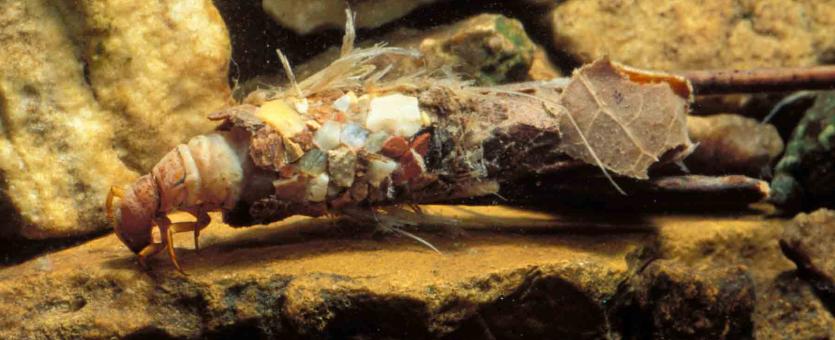
Caddisfly Larvae Missouri Department of Conservation

Dragonfly Larvae Missouri Department of Conservation
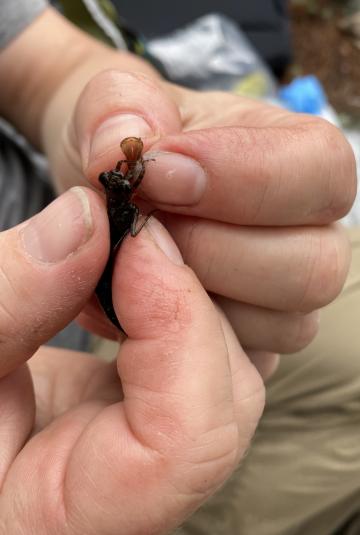
Dragonfly larvae help detect mercury levels in fish, aquatic ecosystems

Dragonflies Missouri Department of Conservation
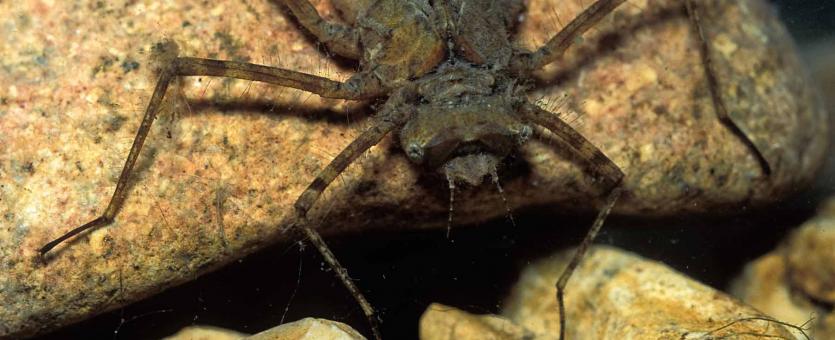
Dragonfly Larvae Missouri Department of Conservation

Dragonflies and Damselflies of Missouri, Missouri's Natural Heritage

Dragonflies Missouri Department of Conservation
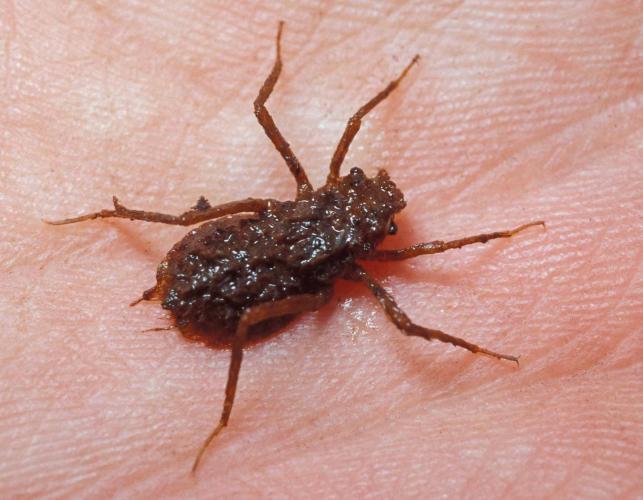
Dragonfly Larvae Missouri Department of Conservation
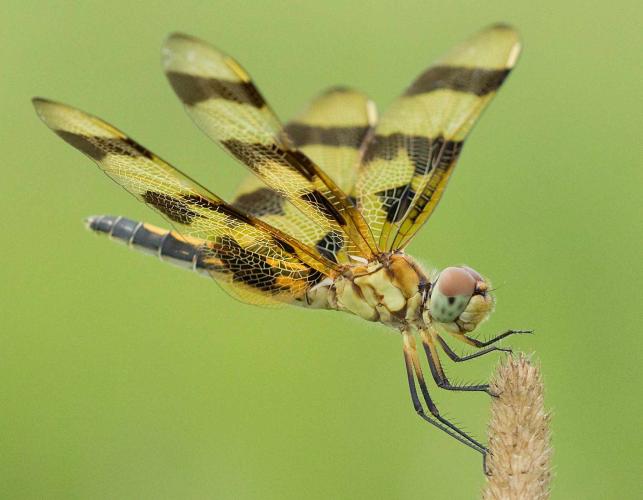
Dragonflies Missouri Department of Conservation
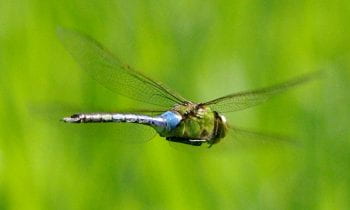
Dragonflies and Damselflies of Missouri, Missouri's Natural Heritage
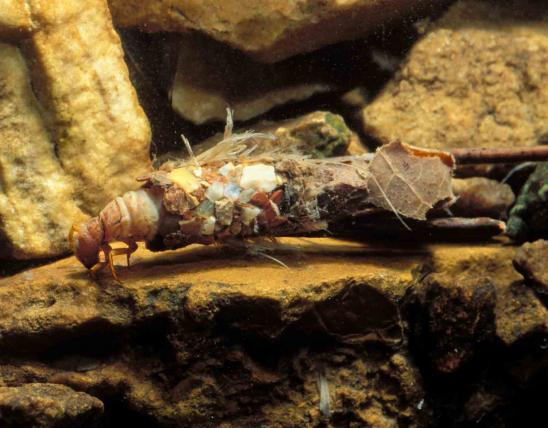
Dragonfly Larvae Missouri Department of Conservation

Dragonflies Missouri Department of Conservation

Six Facts That Make Dragonflies Magnificent – Eighth Generation